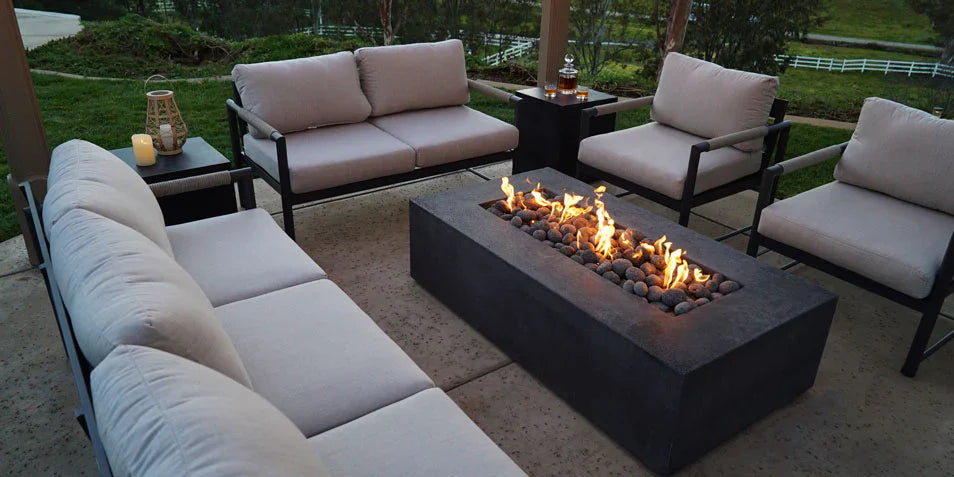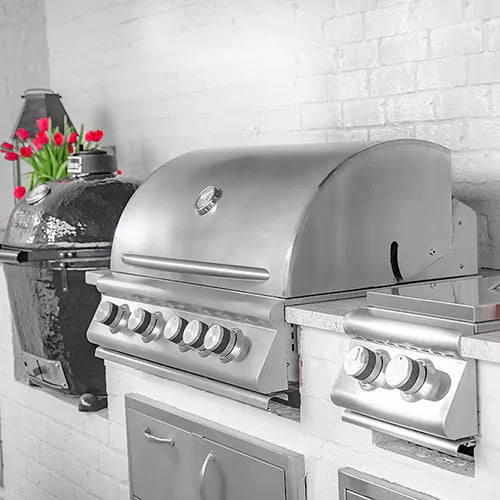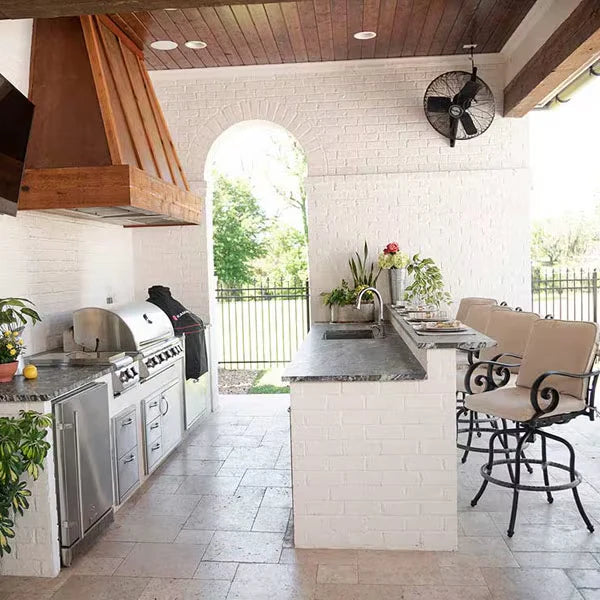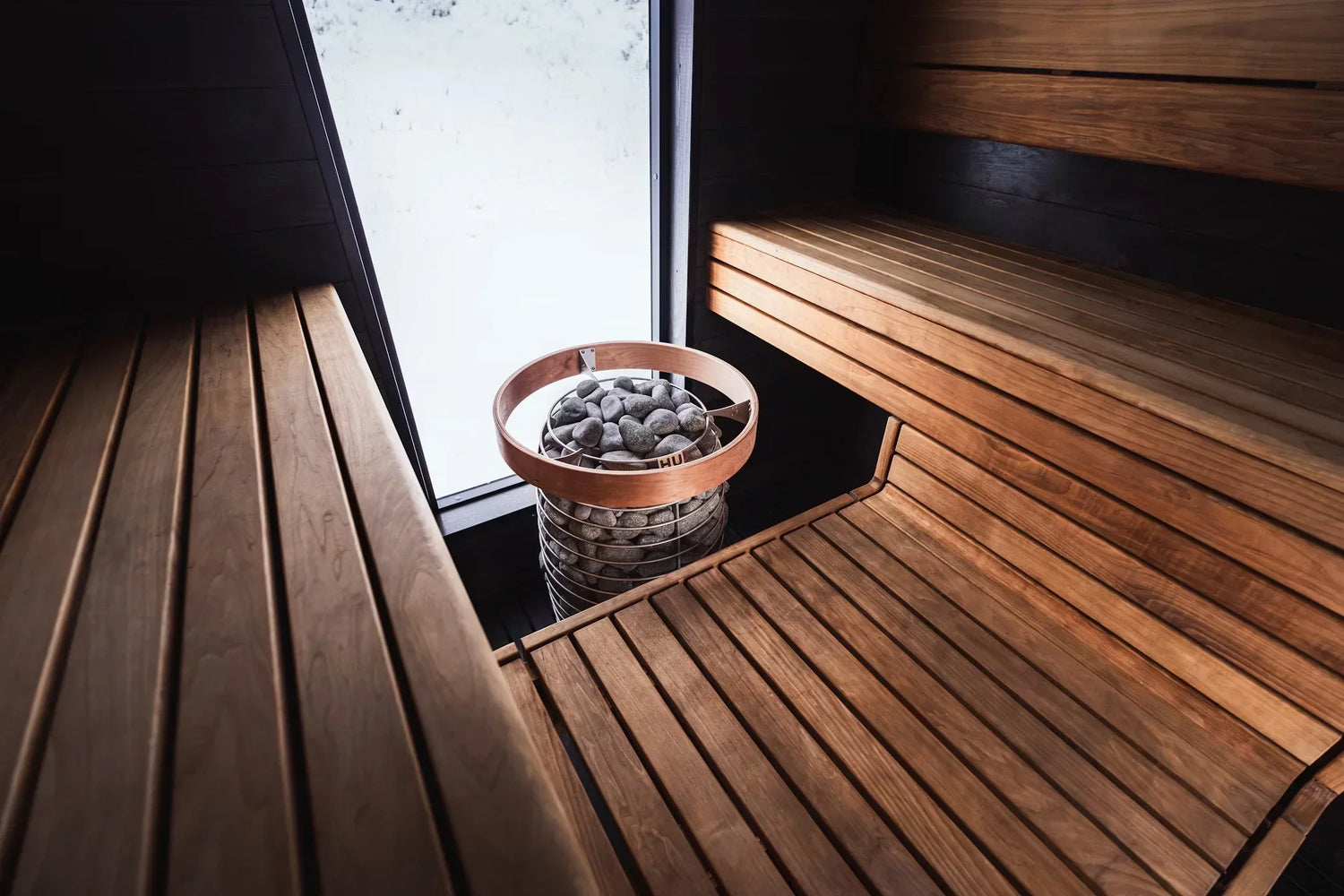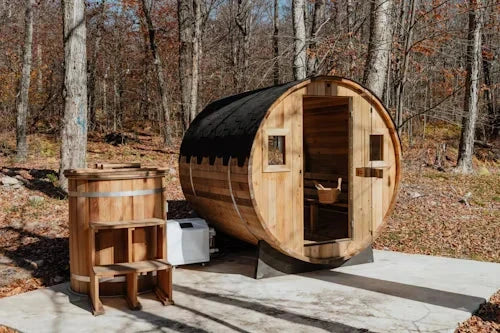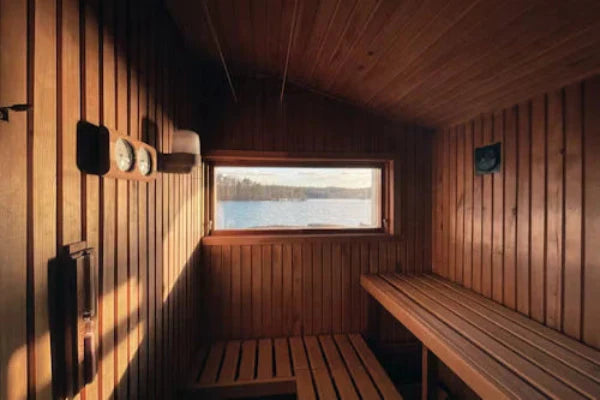“It’s Just Cardboard, Right?” The Backyard Mistake We’ve All Seen
You’re hosting the perfect backyard night. Great food, good people, and a fire pit with hidden propane tank going strong. Then someone grabs a cardboard box and tosses it into the flames like it’s no big deal.
We get it. It feels convenient. But that one move changes the whole vibe.
Cardboard might look simple, but it’s packed with glues, inks, and coatings that were never meant to burn near people or anywhere, really.
So before you treat your fire pit like a cleanup shortcut, let’s ask the question that matters: can you burn cardboard in a fire pit without messing up your setup, your air, or your night? Short answer? No — and here’s why.
Can You Burn Cardboard in a Fire Pit? You Could… But Here’s Why You Shouldn’t
Sure, cardboard catches fire fast. That’s part of the problem.
Most cardboard today is made with more than paper. It’s layered with glues, dyes, waxes, and coatings, all of which release chemicals into the air when burned. That’s bad news for your lungs and worse for your fire pit.
In a wood-burning pit, cardboard turns into messy floating ash that stains everything and spreads sparks you don’t want flying. In a propane or natural gas setup, its effects are even worse.
Ash and debris can clog your burner, damage components, and potentially void your warranty. It’s important to note that most manufacturers won’t cover repairs if they find signs of burned cardboard inside.
What’s Really Inside That Cardboard Box?
It might just look like brown paper and air, but modern cardboard is a chemical cocktail in disguise. While the base is cellulose fiber (aka plant pulp), that’s only half the story. To make boxes strong, waterproof, colorful, and shippable, manufacturers layer on all kinds of extras.
You’ve got petroleum-based inks, synthetic glues, waxy coatings, and sometimes even flame retardants — yes, the irony. When you throw that into a fire pit, you’re not just burning a box, you’re releasing a mix of fumes and fine particles that were never meant to hit your lungs or yard.
-
Most cardboard contains petroleum inks, synthetic adhesives, and wax coatings
-
These additives release toxins like VOCs and dioxins when burned
-
Burning printed cardboard is especially risky, particularly when it’s covered in heavy ink.
-
Even “plain-looking” cardboard may be sealed with waterproofing agents
-
If it’s not compost-certified, it’s not burn-safe
What Happens When It Burns
Burning printed cardboard may seem harmless, but it triggers a chemical reaction that breaks down inks, coatings, and adhesives into toxic gases, fine particulates, and heavy metals.
What you're actually releasing into the air is far more dangerous than just smoke. Beyond the chemical risks, printed cardboard burns hot, fast, and unpredictably, especially if it’s coated or treated.
Flames can shoot up quickly, making it difficult to control in open areas. Windy conditions spread embers and particulates, increasing the risk of wildfires or inhalation exposure.
Here’s what comes out:
-
Dioxins: These are persistent organic pollutants formed when ink and chlorine-containing materials burn. Dioxins are highly toxic and are linked to cancer, reproductive harm, and immune system disruption. They also settle in soil and water, sticking around long after the fire is out.
-
Furans: Similar to dioxins, furans form under combustion and are carcinogenic. They accumulate in the food chain, especially in animal fat, and can contribute to long-term health risks.
-
Heavy Metals: Colored inks and glossy coatings often contain metals like lead, cadmium, and chromium. These metals vaporize when burned and become part of the particulate matter you breathe in. Exposure can lead to neurological damage, kidney issues, and developmental problems, especially in children and pets.
-
Fine Particulates (PM2.5): Burning cardboard releases ultra-fine particles that lodge deep in the lungs. These particulates are linked to asthma, cardiovascular issues, and respiratory irritation. The smaller the particles, the more dangerous they are.
-
Volatile Organic Compounds (VOCs): These compounds contribute to smog and ground-level ozone, irritating the eyes, nose, and throat, and increasing the risk of chronic respiratory disease.
Not for Propane or Gas Fire Pits
If you’re using a natural gas or propane fire pit, cardboard should be the last thing you toss in. These modern fire features aren’t built for burning solids. They don’t have ash trays, filters, or the ventilation needed to handle debris.
Even a single piece of burning cardboard can send flakes and ash into the burner, leading to clogs, uneven flames, or complete ignition failure. Some users even report discoloration in the flames or permanent damage to the ignition system.
And since gas fire pits don’t have chimneys, the smoke and chemicals from cardboard linger right where you breathe.
-
Gas fire pits are designed for clean-burning fuel only, not solid waste
-
Ash buildup can block jets, damage igniters, or stop heat output entirely
-
Burning cardboard in a propane fire pit may void the manufacturer’s warranty
-
Without proper venting, chemical fumes hang low and close to people
-
You’ll end up paying for repairs just to undo one quick mistake
The Environmental & Health Fallout
Burning cardboard isn’t just bad for your fire pit — it’s harmful to your lungs, your neighbors, and the air we all share. The chemicals released don’t just disappear; they linger in your yard, settle into soil and water, and drift far beyond your property line. That’s why many areas have banned it outright and why it’s worth rethinking before you strike that match.
Toxins in the Air You Breathe
Burning cardboard doesn’t just make smoke, it puts harmful toxins in the air you breathe. Dioxins, heavy metals, and fine particulate matter are released with every flame, lingering in the air you and your family breathe.
Even short exposure can lead to sore throats, coughing, or headaches after a backyard hangout. Over time, regular exposure raises the risk of asthma, chronic respiratory conditions, and in some cases, cancer-linked toxin buildup. It’s the kind of harm that doesn’t feel obvious until it’s already done.
What It Does to the Planet
It may start in your yard, but burning cardboard adds to a larger pollution problem. The smoke contributes to smog, air pollution, and greenhouse gas emissions that accelerate climate change.
Once airborne, the toxins settle into soil, plants, and water systems. Wildlife can absorb these pollutants, leading to long-term damage in local ecosystems. Some chemicals, like dioxins, stick around for decades, disrupting nature far beyond your fire pit.
Illegal in Many Areas
In many places, burning cardboard is against the law. Local fire codes often prohibit burning treated or coated materials due to the health and safety risks they pose.
Getting caught could mean citations, fines, or even violations from your HOA. These rules exist to protect air quality, prevent fires, and reduce toxic exposure in your neighborhood. Always check your local ordinances before tossing anything into the flames.
Safer, Smarter Alternatives to Burning Cardboard
There are cleaner, more fun, and honestly more inspiring things to do with your cardboard. Burning it might seem easy, but it’s far from the best option. From creative DIYs to smart reuse, your old boxes deserve a better ending.
Recycle, Reuse, or Donate
Cardboard is one of the easiest materials to recycle, and most cities make it simple. Just break it down flat to save space, toss it in your blue bin, and you’re good to go. If it’s still in good shape, offer it up to neighbors, schools, or local charities because there’s always someone moving, organizing, or shipping who could use a few extra boxes. One box saved from the flames can do a lot more than you think.
Get Crafty with It
You should look at cardboard as a blank canvas waiting to be turned into something useful. You can cut it, paint it, fold it, and reshape it into everything from toy castles to drawer organizers. It’s perfect for school projects, holiday costumes, or afternoon crafts with the kids. Need a phone stand? A wall organizer? A homemade maze for your cat? Cardboard can handle it. It’s cheap, versatile, and way more fun than watching it burn.
Build a Bird Feeder
Turn that cardboard into something the whole backyard will love. With a few cuts and folds, you can craft a simple bird feeder that brings life and color to your outdoor space. Add peanut butter and birdseed, and you’ve got a kid-friendly project that doubles as wildlife support. It’s eco-conscious, educational, and way more rewarding than lighting it on fire. Plus, the birds will thank you — probably with a morning concert.
So... Can You Burn Cardboard In A Fire Pit?
You can burn cardboard in a fire pit, but it’s one of the worst things to throw in. It’s harmful to your lungs, harsh on the environment, and terrible for your fire pit's performance.
Especially with propane or natural gas fire pit models, cardboard can clog burners, cause ignition failures, and even void your warranty. The risks just aren’t worth it. Stick with clean-burning fuel and find smarter, safer ways to use your cardboard.
Why Trust Active Oasis?
At Active Oasis, we don’t just sell fire pits. We live for transforming outdoor spaces into something extraordinary. Every product we carry is vetted for safety, performance, and style, and every piece of advice we give is grounded in real-world experience. We stay up to date on the best practices, the worst mistakes, and everything in between so you don’t have to guess.
